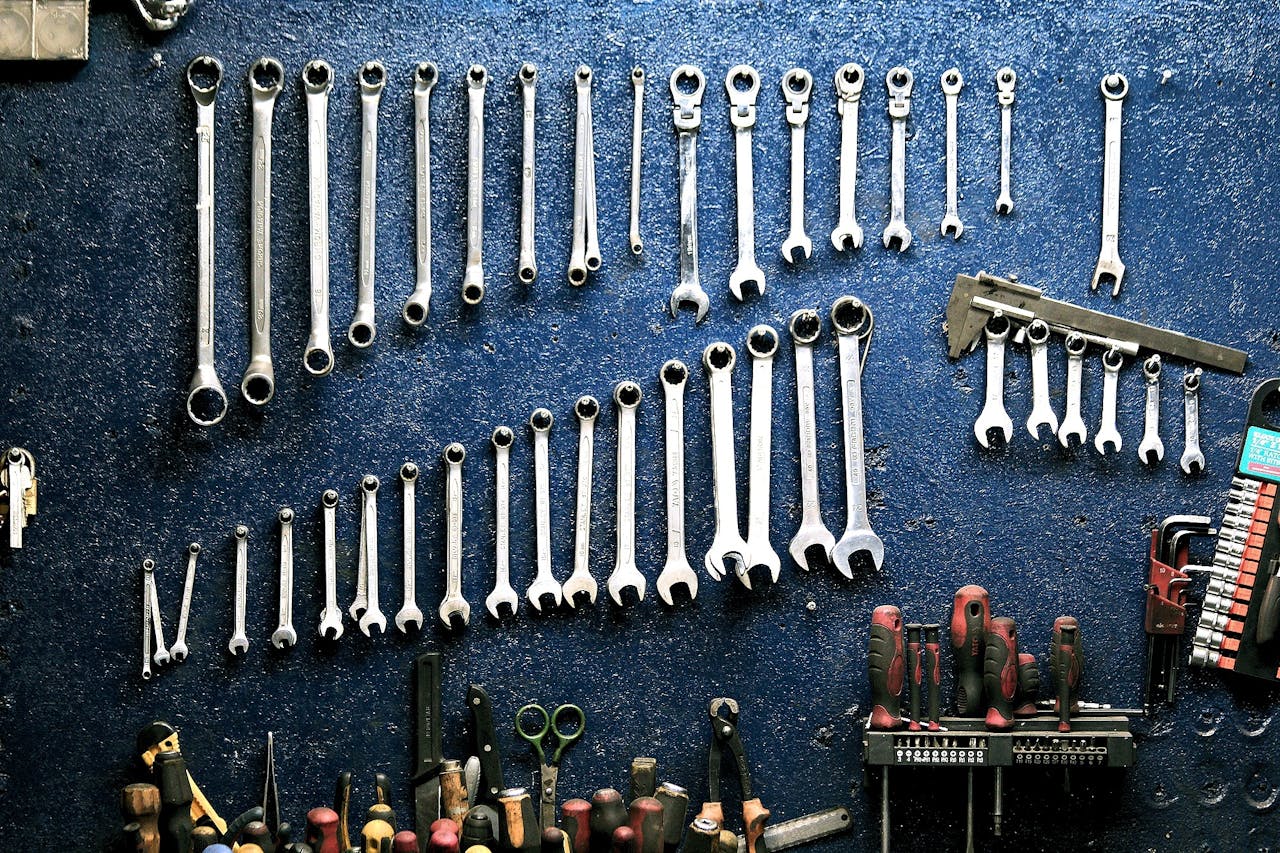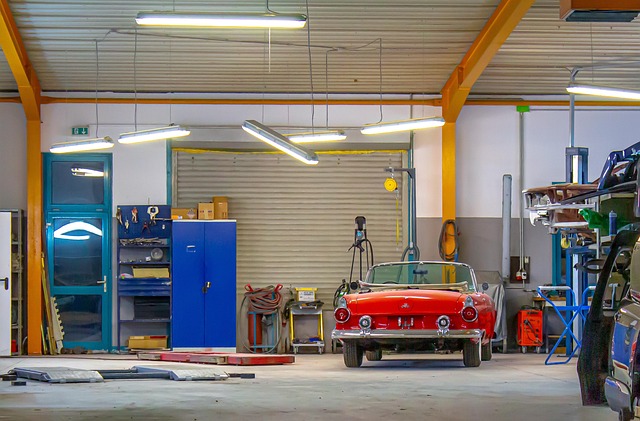Maintaining your car like a pro is more than just keeping it clean and filling up the tank. It’s about following a systematic approach to care that ensures reliability, safety, and longevity for your vehicle. The foundation of professional car maintenance is adhering to a regular schedule for inspections, fluid changes, and part replacements, all tailored to your car’s specific make and model.
One of the most critical aspects is routine oil and filter changes. Engine oil lubricates moving parts, reduces friction, and helps prevent engine wear and corrosion. Depending on your vehicle and oil type, oil changes are typically recommended every 3,000 to 10,000 miles. Along with oil, the oil filter should be replaced to ensure contaminants don’t circulate through the engine. Neglecting this simple task can lead to costly repairs down the line.
Tire care is another pillar of expert maintenance. Regularly check tire pressure with a reliable gauge and maintain it at the manufacturer’s recommended levels. Inspect the tread for uneven wear or damage, and rotate your tires every 6,000 to 15,000 miles to promote even wear and extend their lifespan. Don’t forget to check your spare tire as well. Proper tire maintenance not only improves fuel efficiency but also enhances safety, especially in adverse weather conditions.
Brakes are a critical safety component, so inspect brake pads and rotors regularly for wear. Listen for squealing or grinding noises, which may indicate that the pads need replacement. Brake fluid should also be checked and topped up as needed, and replaced according to your car’s service schedule to maintain optimal braking performance.

Fluids play a vital role in your car’s operation. In addition to engine oil and brake fluid, regularly check and top up coolant, transmission fluid, power steering fluid, and windshield washer fluid. Each fluid has a specific function, from keeping your engine cool to ensuring smooth gear shifts. Low or dirty fluids can lead to overheating, poor handling, or even complete system failure.
Electrical components and lighting are often overlooked but essential for safe driving. Test headlights, taillights, brake lights, and turn signals monthly. Replace any burnt-out bulbs promptly to maintain visibility and comply with road safety regulations. Also, inspect your battery for corrosion and secure connections, and test its charge periodically to avoid unexpected breakdowns.
Air filters, both engine and cabin, should be inspected and replaced at least once a year or as specified in your owner’s manual. Clean filters ensure efficient engine performance and maintain healthy air quality inside the cabin. Belts and hoses should also be checked for cracks, fraying, or leaks, as these can lead to engine overheating or loss of power steering.
Seasonal maintenance is crucial for adapting to changing weather conditions. Replace wiper blades before the rainy season, ensure your air conditioning is functioning for summer, and check your heating and defrost systems before winter. Cleaning sensors, cameras, and radars is especially important for vehicles equipped with advanced driver assistance systems, as dirt and debris can interfere with their operation.
Finally, schedule a comprehensive annual service with a trusted mechanic. This should include a thorough inspection of suspension, steering, exhaust, and all major systems. Preventative maintenance not only catches issues before they become major problems but also preserves the value and reliability of your car.

By following these professional maintenance practices, you’ll ensure your car remains safe, efficient, and enjoyable to drive for years to come.
